If you truly want your websites to stand out from those that belong to your competitors, it’s important to think about adding personality to your website designs.
Web designers are able to tap into this thanks to designs that are able to establish emotional connections with visitors. Here are different ways that you can inject design personality into your designs and create wonderful solutions for all of your clients.
Personality gets the most out of your visitor’s emotion
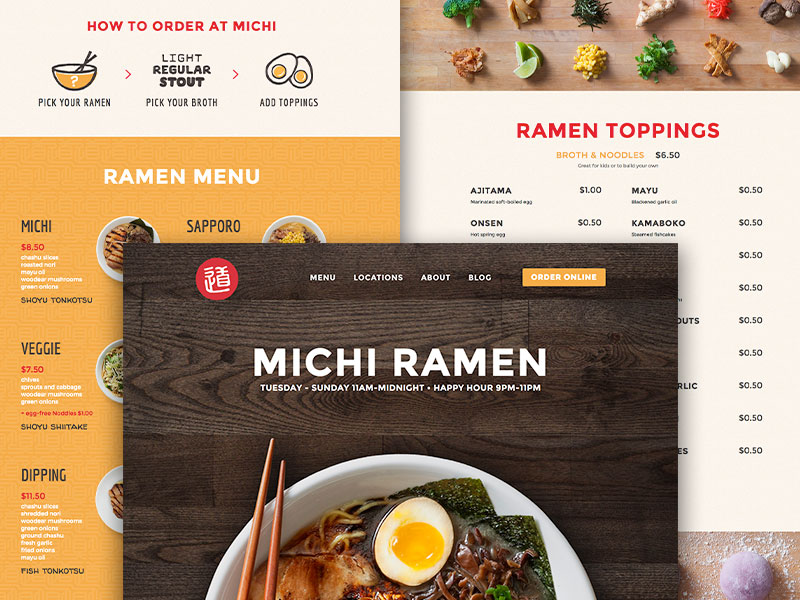
Interface design falls into a much broader category that is referred to as HCI, which stands for Human-Computer Interaction. Individuals who specialize in this field understand aspects such as psychology, interaction design, usability, basic principles of visual design, and various programming concepts.
If you think this is something that sounds familiar, that’s probably because this is the same thing that user experience designers deal with practically every single day of their working lives.
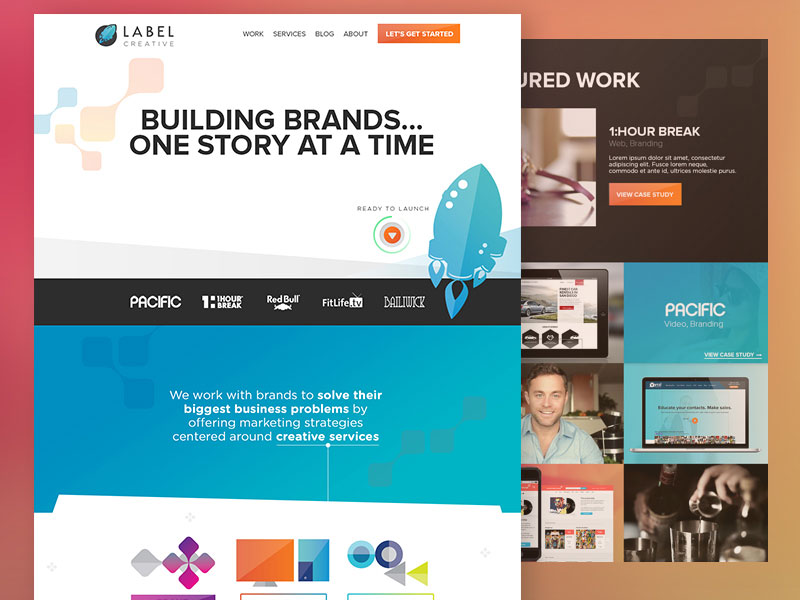
The overall goal of emotional design is to maintain communication between humans. When we do our job well enough, the computer will fade away into the background, which will allow more human personalities to materialize in its place. In order to make something like this happen, it’s important for us to think about how we interact with each other in real life every single day.
Making visual language effective
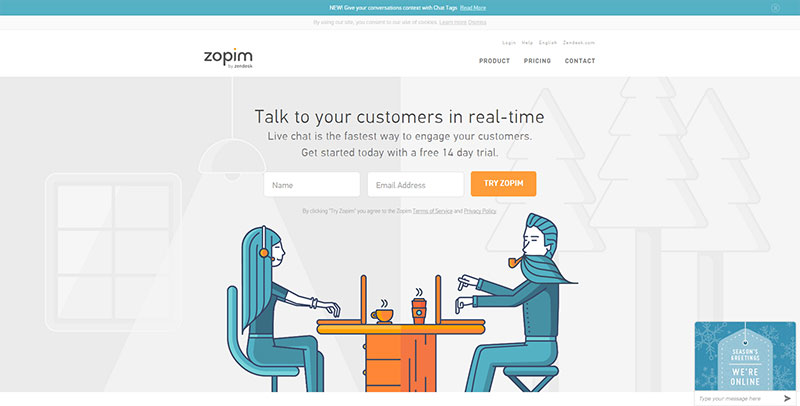
A website’s visual language plays a more important role in the website’s personality. All in all, the way that you define your website itself will allow you to create a visual language that is as effective as possible. Visual language is typically expressed through the typography you use, element alignments, colors and design style.
Colors
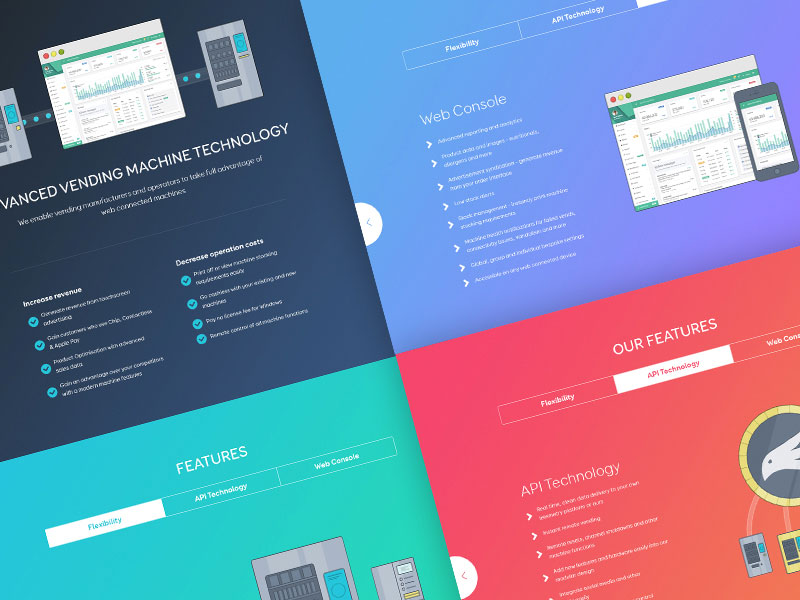
Color has perhaps the greatest ability to affect not just our mood, but all of our senses as well. Oftentimes, colors are associated with various sorts of ideas and feelings.
Additionally, certain shades of colors are often described as being warm and cool typically because colors such as red, orange, yellow, etc. are more closely associated with fire and the sun, while colors such as blue, green, etc. are more closely associated with water, snow, ice, etc.
The site’s feel
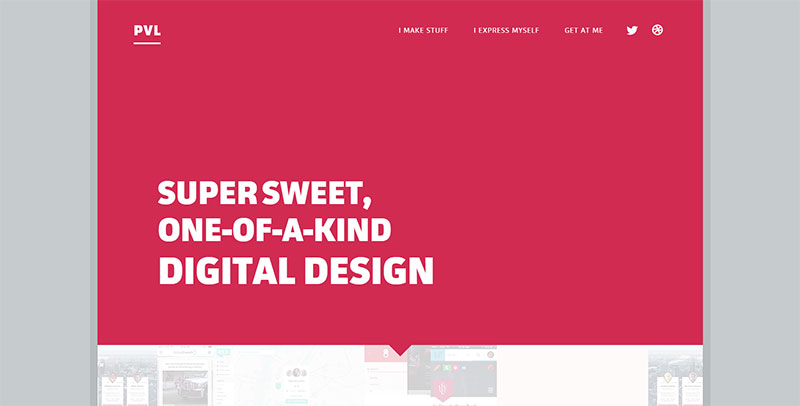
Another thing that can help contribute a great deal to someone’s emotions is the overall atmosphere. Whenever you walk into a particular business, chances are you are forming ideas in your head regarding the specific impressions that you have in regards to the business itself.
The same exact thing can be said for both the internet and a website. Atmosphere can be created through a few different things, including color, organization, and texture. Regardless of how you go about your design, the atmosphere should give your visitors a taste of everything that you have to offer.
Textures can be useful
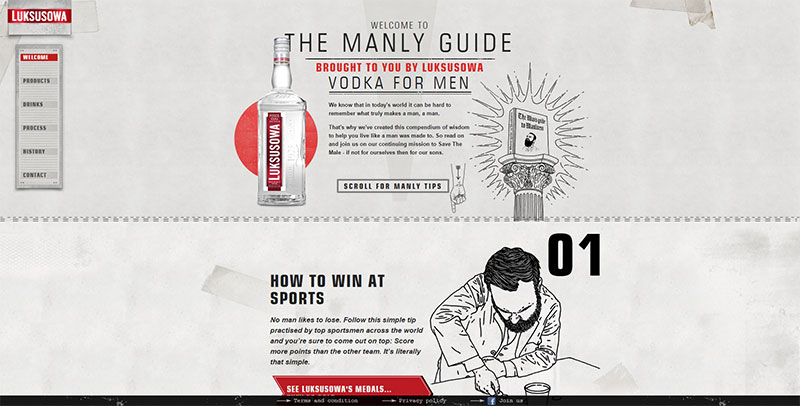
This is something else that is used to help bring out feelings in people, as well as contribute to the overall experience that someone has while visiting your website. Whenever texture is used in the correct manner, it can evoke memories and bring up images of how we felt when we first experienced it.
A great deal of these different memories often pass through your mind without you even stopping to think about them first. However, our minds can later relate our emotions to our memories and cause us to recall exactly how we felt about those things, regardless of how subtle the details are.
Adding personality to a website
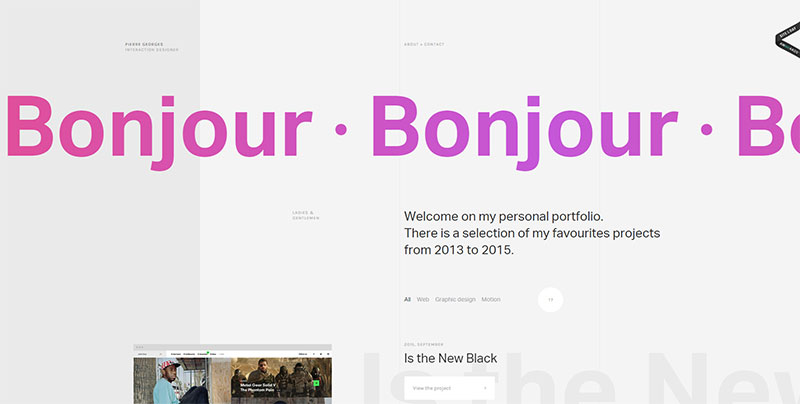
Always be sure to incorporate graphics that are both as unique and original as possible. Your website will be able to stand out if you opt to use graphics that are large in size and/or slightly quirky in design.
Use catchphrases, summaries, and opening statements that are both interesting and confident, as these will almost certainly catch the attention of all of your visitors.
Always keep everything organized. Visitors will not stay on your website if they notice any amount of untidiness.
Try experimenting with color combinations that are not very traditional in nature. Keeping people engaged in your content is one thing; however, you also need to keep readability in mind as well.
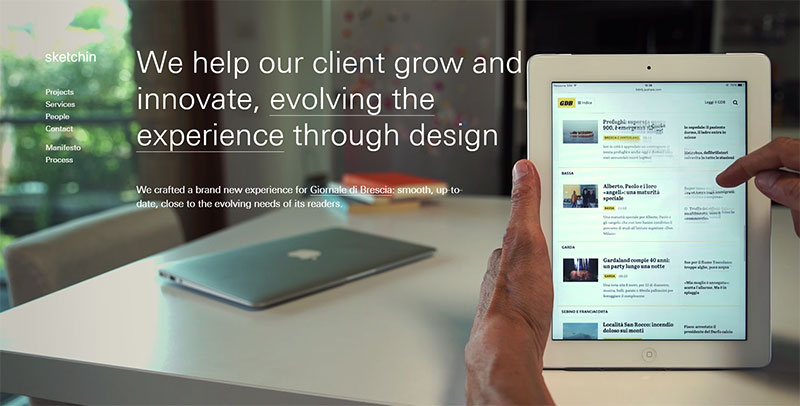
It’s important to take the time to analyze all of the different traits and focus on the elements that are the strongest when you first begin the process of translating the personality of either a business or an individual to a web design.
We have the ability to track down faint cues and subtle details in order to attach memories to business, places, and people. These clues are more often referred to as connotations, which are ideas that are suggested by and/or associated with a specific word or thing.
Ending thoughts
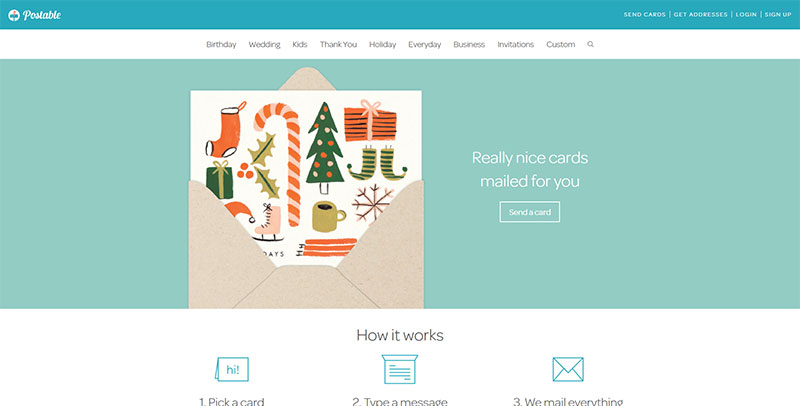
Personalities always shift in every project that we design, just as personalities do the same in terms of real-life communication.
Whenever we stop thinking of interfaces that we design as being simple control panels and begin thinking of them instead as actual people that our users want to interact with the most, only then will we be able to put together experiences that are not only emotionally engaging, but that also make lasting impressions as well.
It’s also important to remember that there will be some individuals who may not like it when you emphasize personality within the actual user experience itself. Personalities always tend to clash; however, when it comes to businesses, this is something that is actually not a bad thing.
People who fail to understand your overall personality really aren’t the right customers for you. By disassociating yourself with these kinds of people, you are essentially preventing future issues with them. Personality is most certainly a risk; however, it’s one that is most definitely worth all of the rewards, especially thanks to all of the many different real world examples that suggest this.




